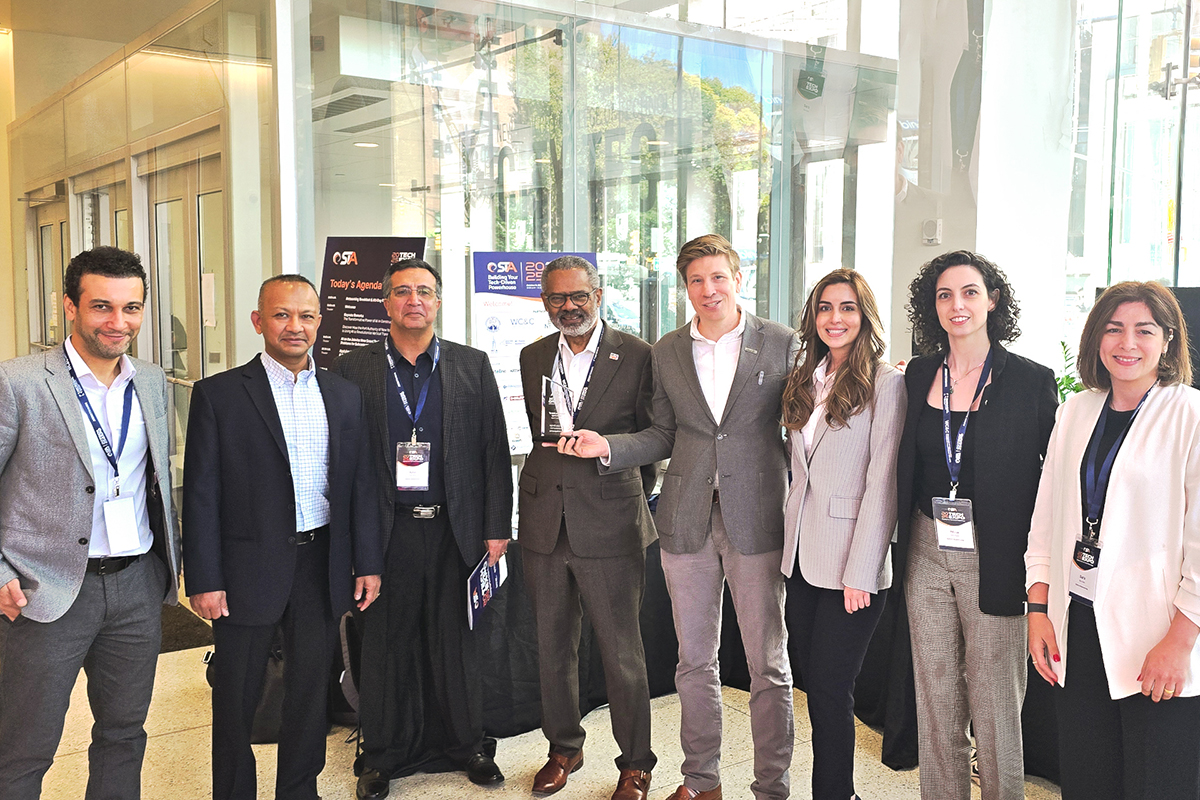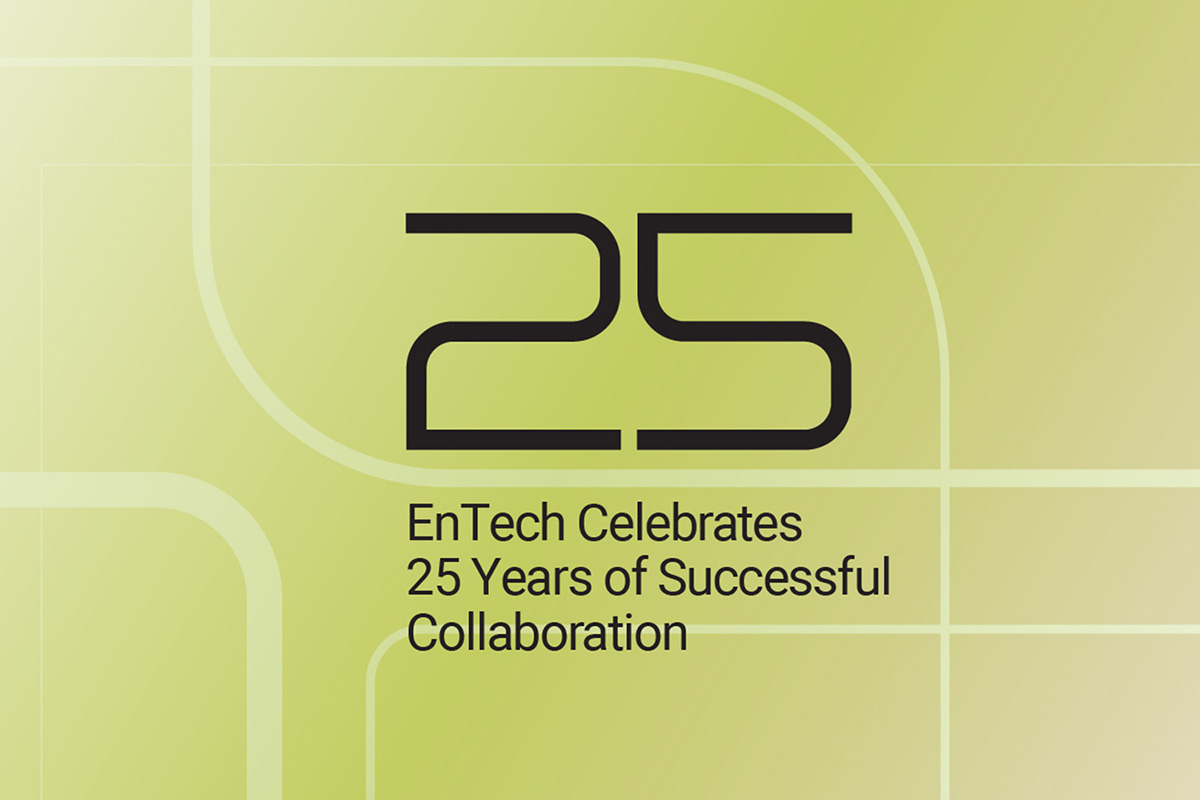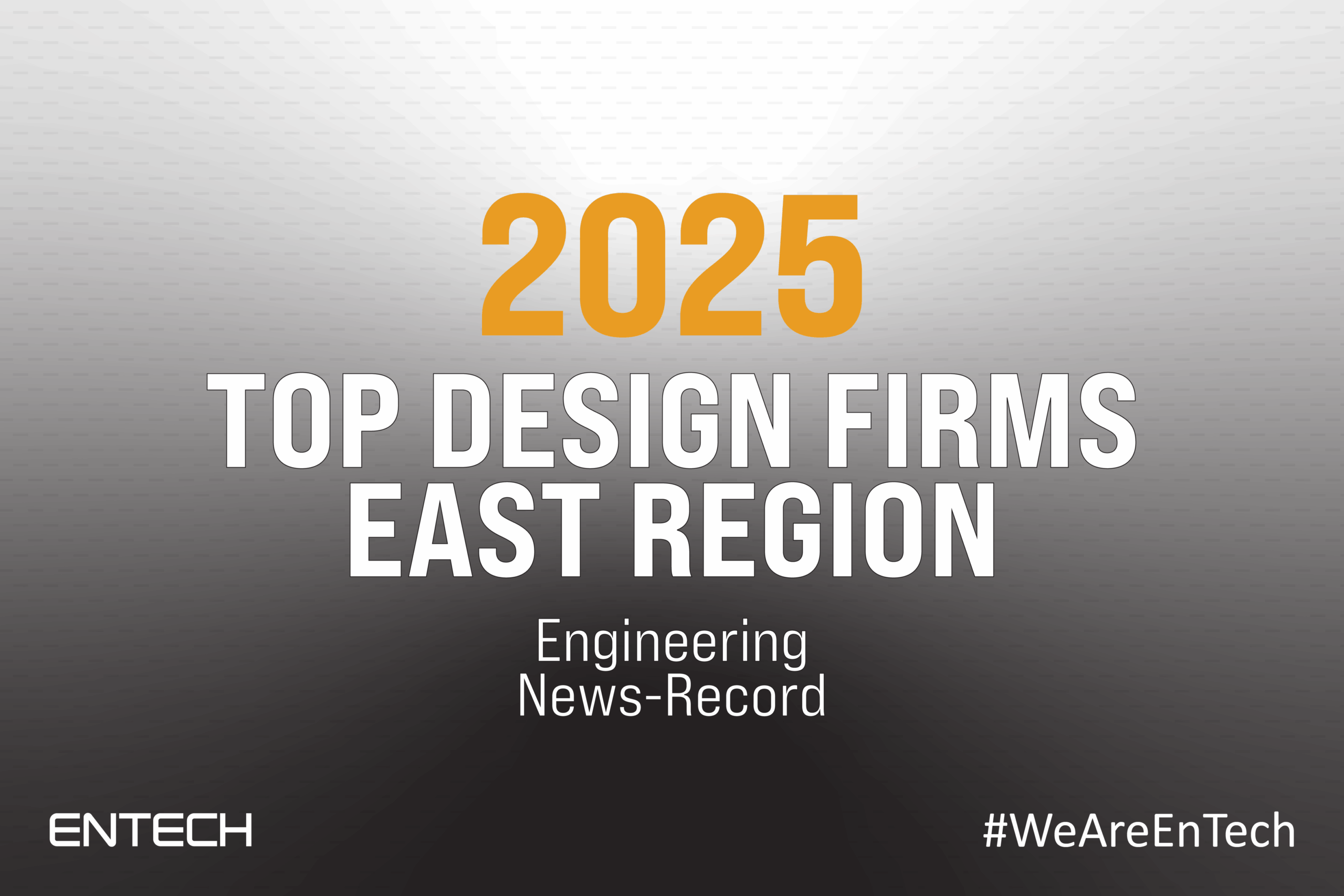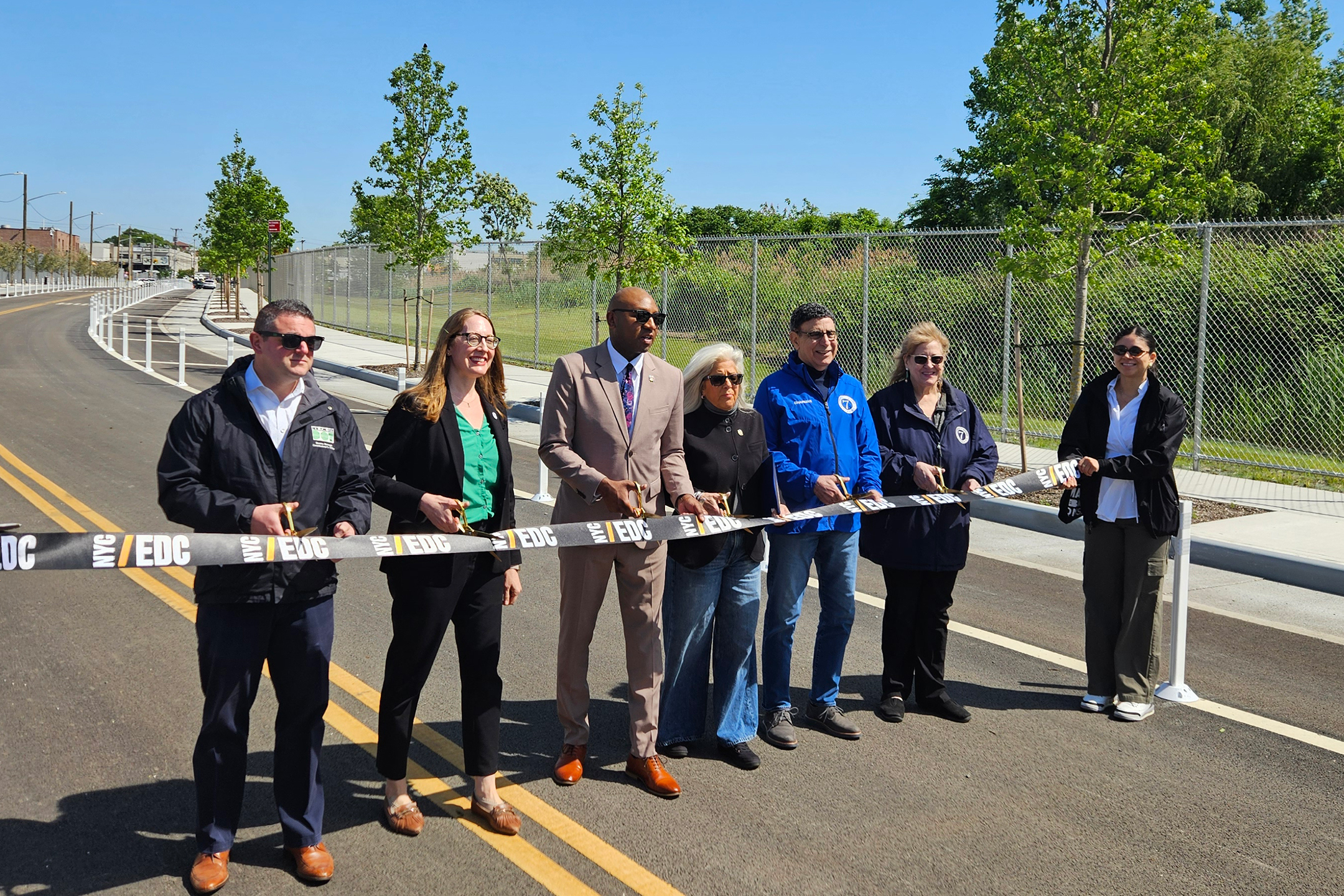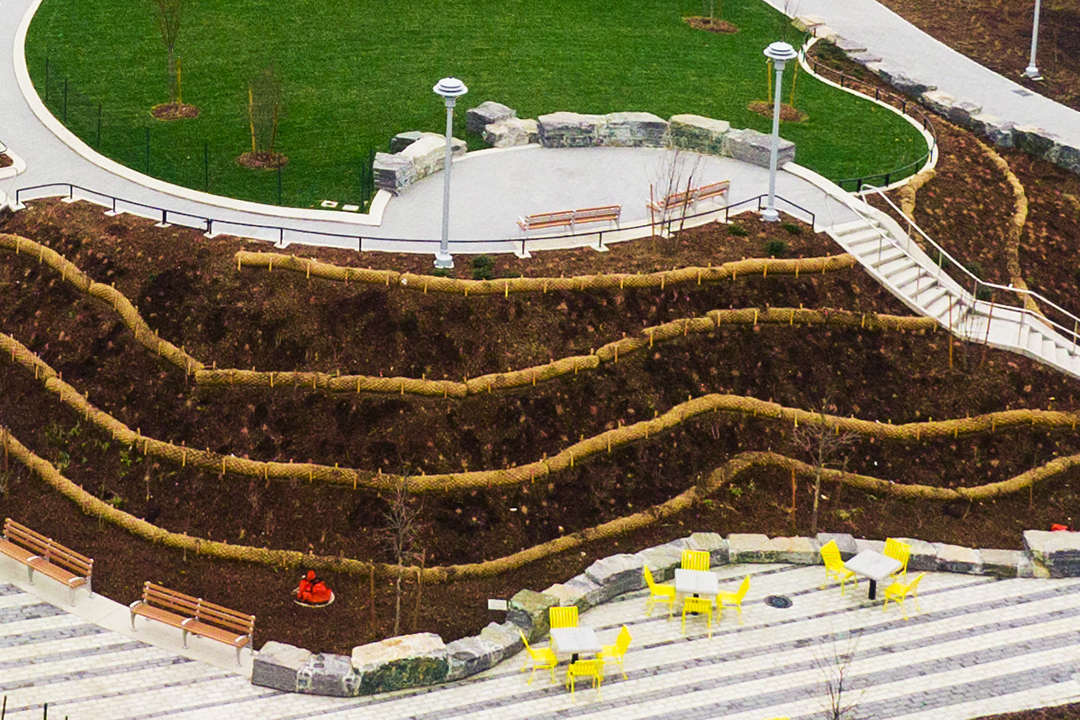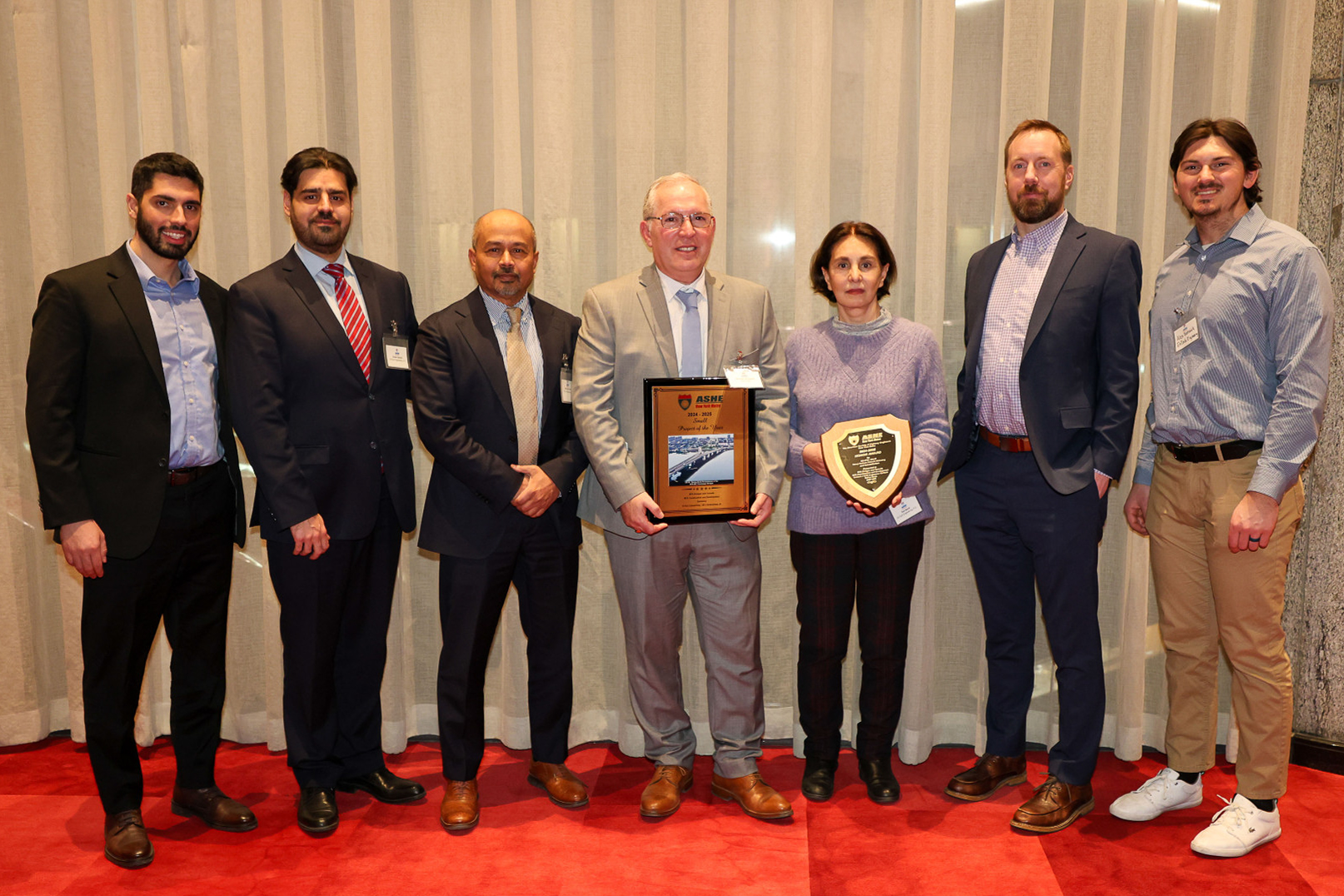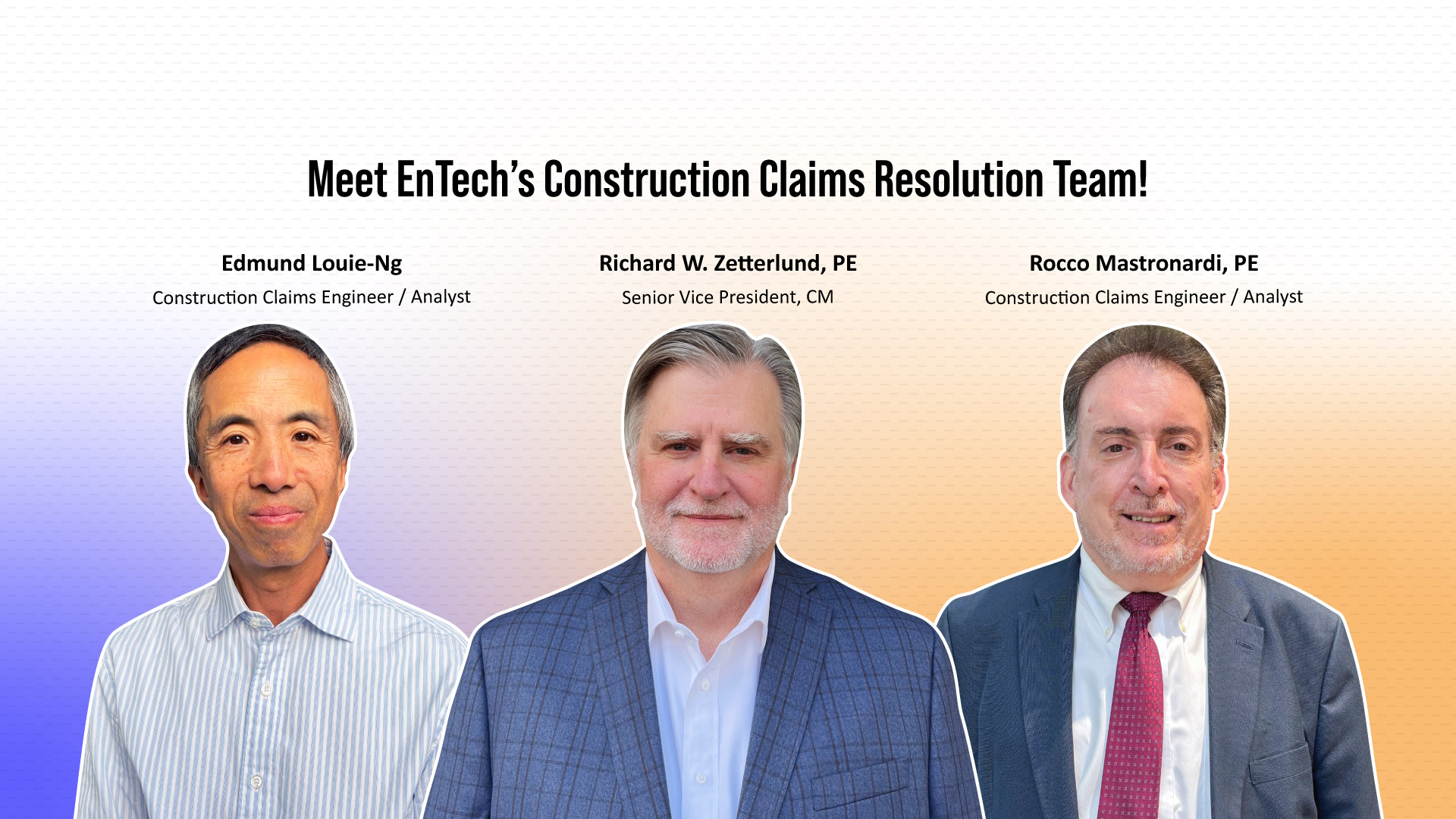EnTech’s REI team is currently at work on a crucial roadway project in Upper Manhattan: the rehabilitation of the Riverside Drive Viaduct. This 78-span elevated structure carries six lanes of traffic between West 153rd and West 161st streets. A historically significant structure, whose first segment was built in 1908, it offers scenic views of the Hudson River and the New Jersey Palisades. The viaduct forms part of an exceptionally dense network of civil infrastructure—Amtrak’s Empire Line runs directly underneath one segment of the viaduct, and numerous masonry and high-rise buildings abut the viaduct’s eastern side.
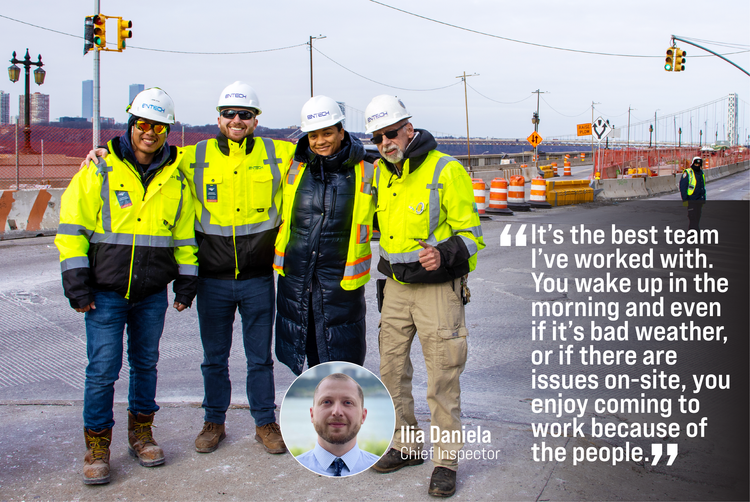
EnTech is playing a critical role in the completion of this New York City Department of Transportation (NYCDOT) project. The firm is leading a team responsible for civil engineering inspections, review of contractor payments and other contract documentation, and oversight of environmental health and safety standards. The firm is providing extensive community outreach services with multiple local community boards, as well as management of hazardous waste and hazmat remediation including testing, handling, and removal of lead-based paint (LBP) and asbestos-containing material (ACM).

The project began construction in 2019, and it offers no shortage of challenges. The presence of an Amtrak rail line under the structure restricts when demolition and construction can occur, and much of the project’s initial phases were completed at night. Many other challenges stem from the numerous unexpected conditions that have been discovered throughout construction, necessitating design changes. The team makes a priority of minimizing disturbances to the thriving residential community to the greatest extent possible.

“The viaduct’s steel framing is over 100 years old, and changes made to it over the years have not been well documented and have involved all kinds of different components,” says chief inspector Ilia Danelia. “There are hundreds of repair details just on the steel components, and they are some of the most complex I’ve ever seen. Even the demolition work is not standard—concrete deck pieces need to be saw cut in precise panels and gently lifted out to not affect the framing, which is loosely tied to the framing of the adjacent residential buildings.”
Despite the challenges, it’s been a rewarding project so far. “It’s the best team I’ve worked with,” says Ilia “We work well together, and we’ve learned to quickly operate on our feet. You wake up in the morning and even if it’s bad weather, or if there are issues on-site, you enjoy coming to work because of the people.”


